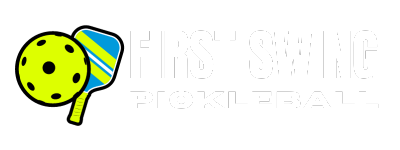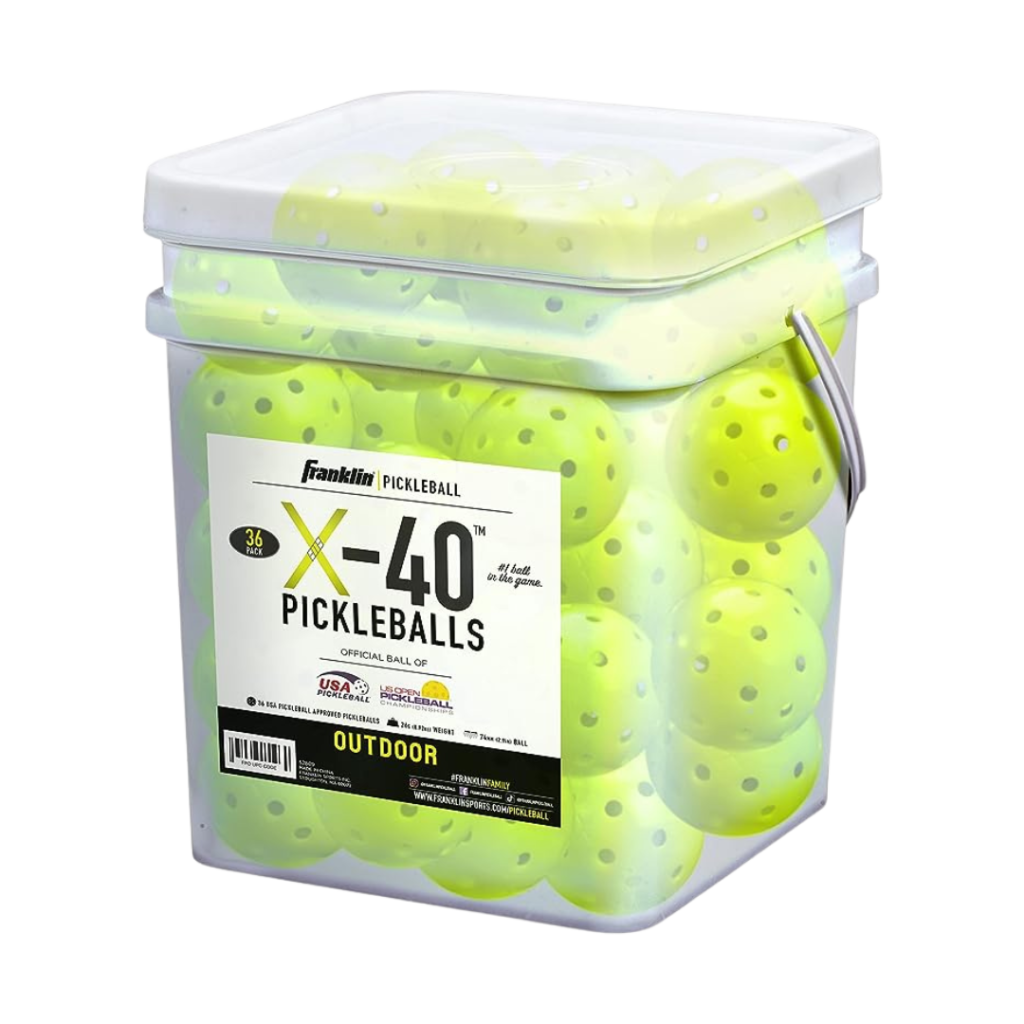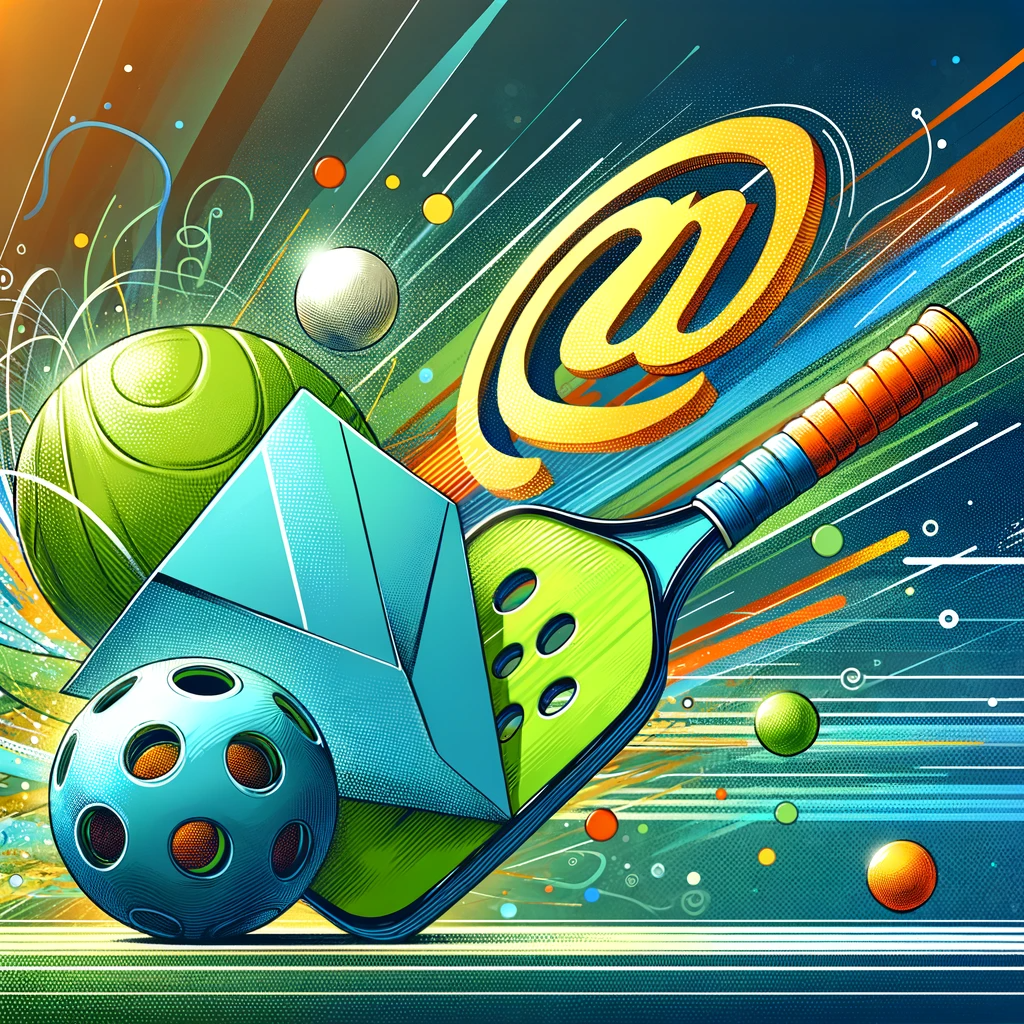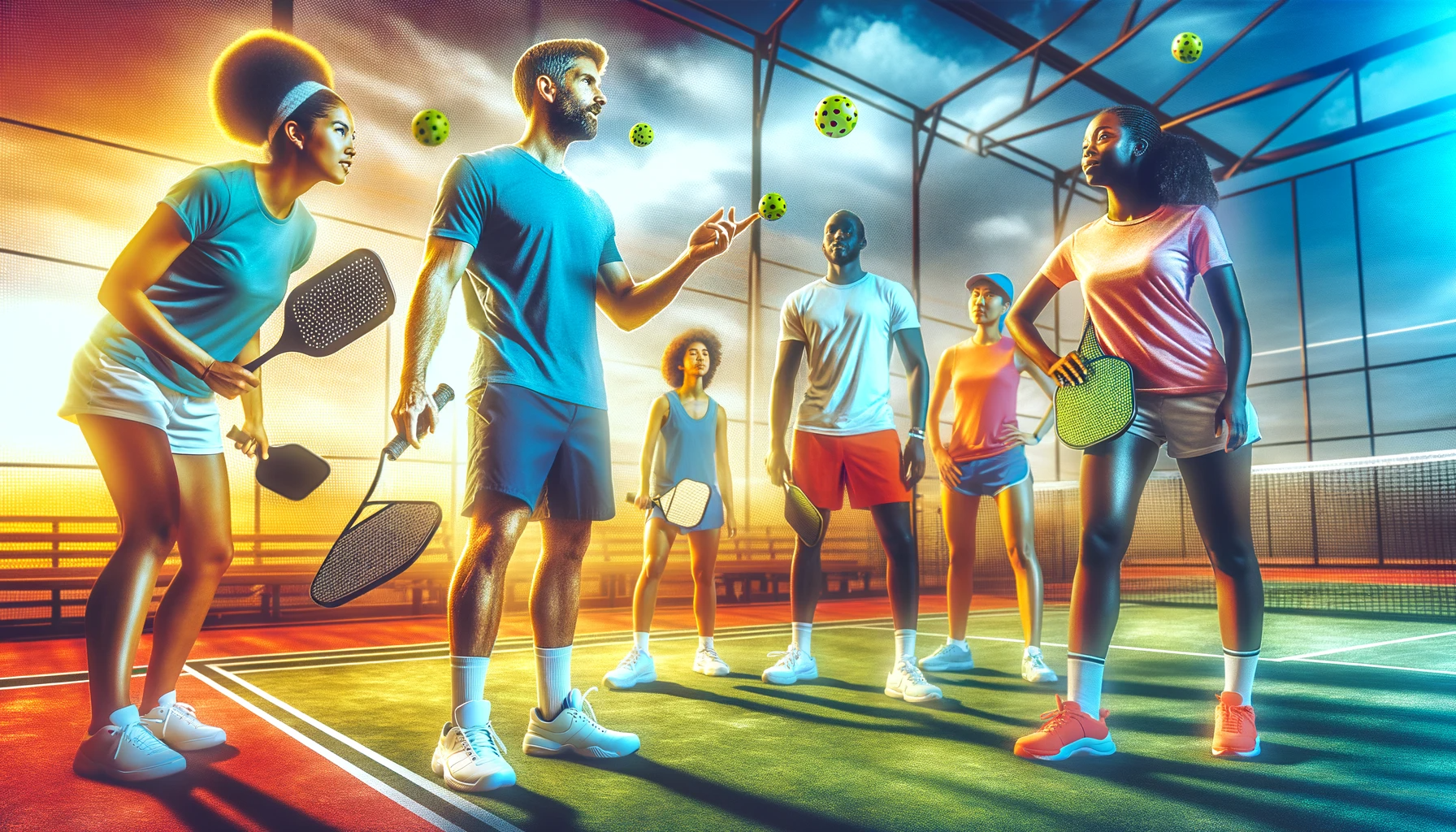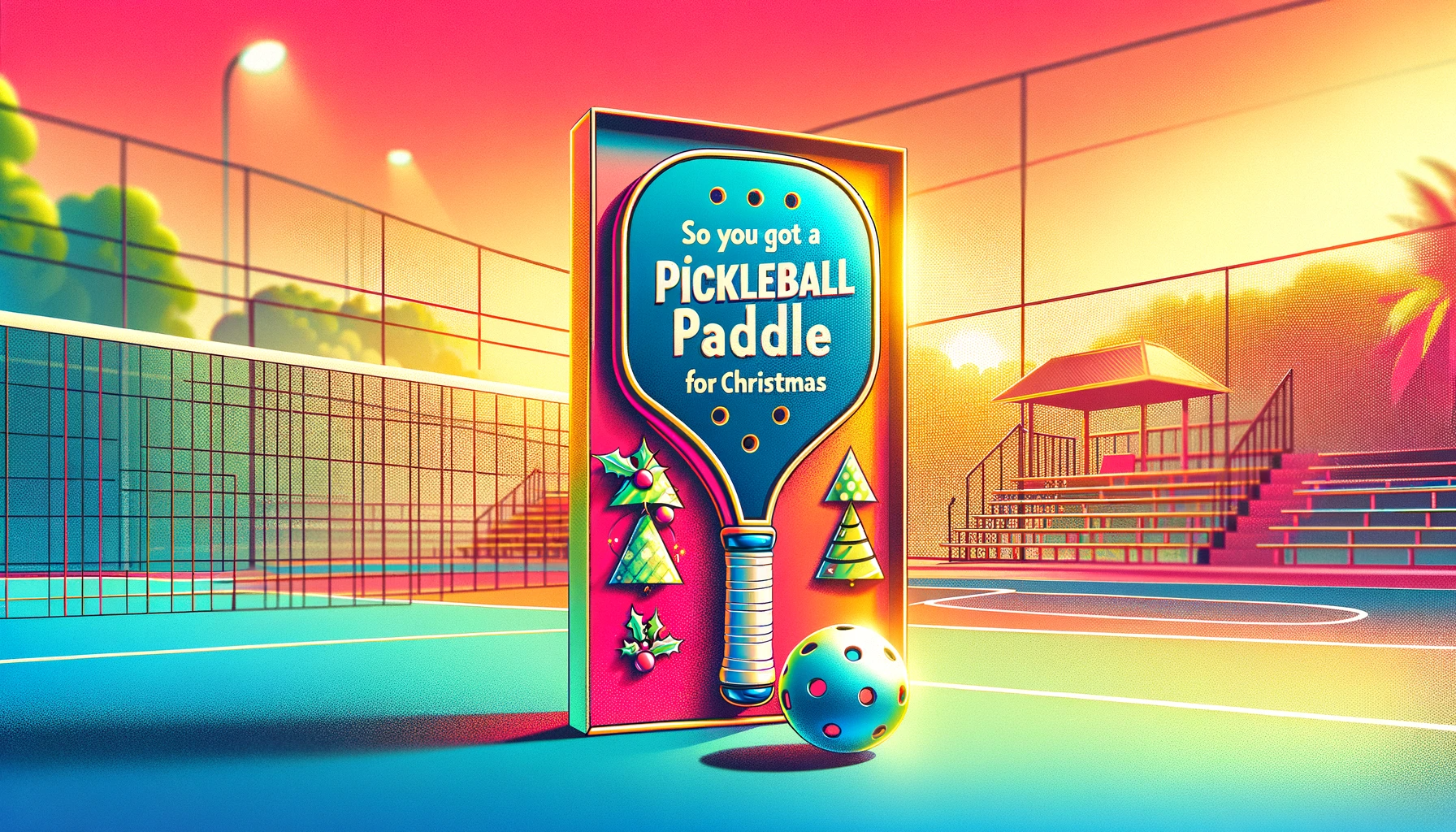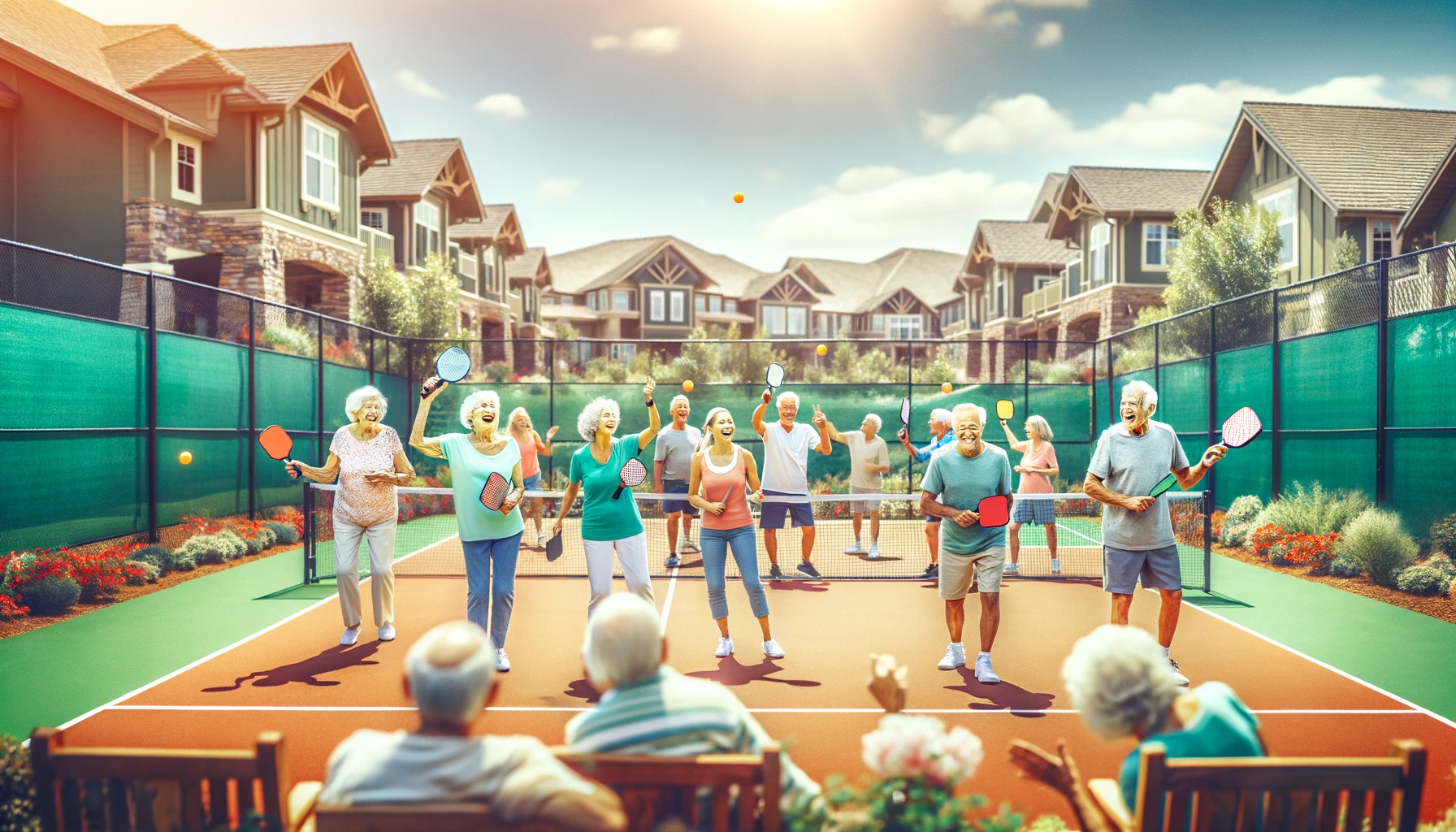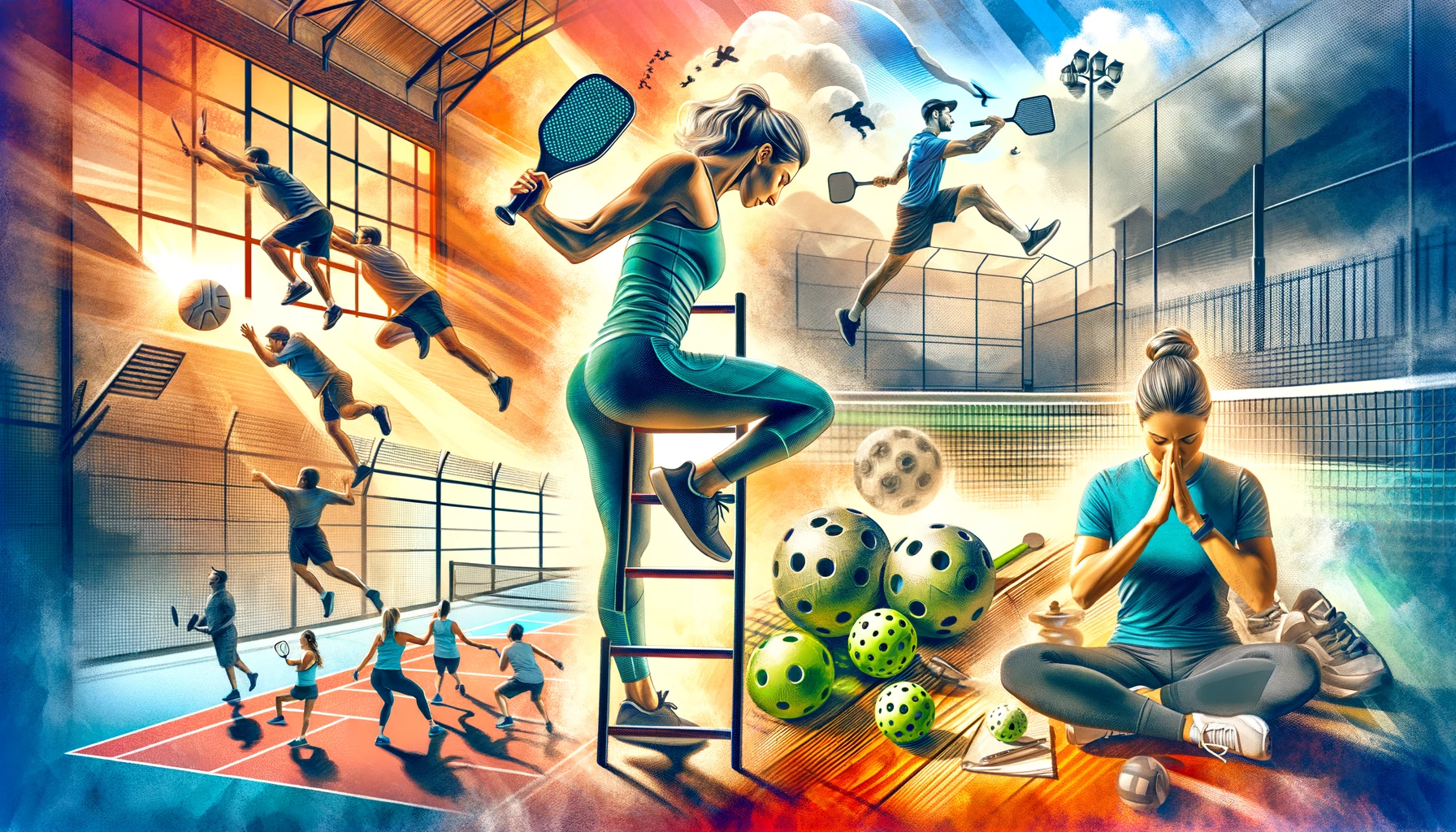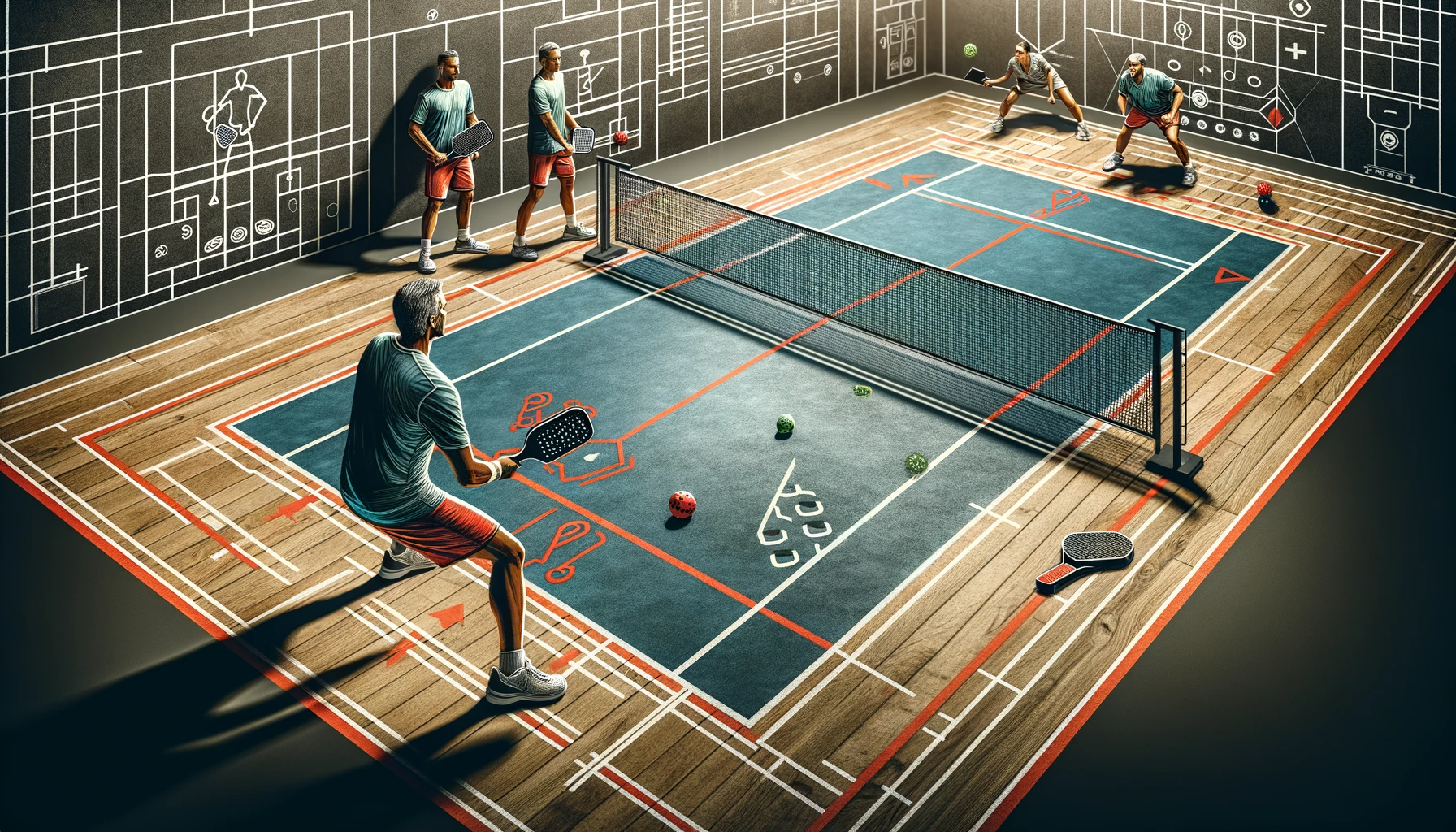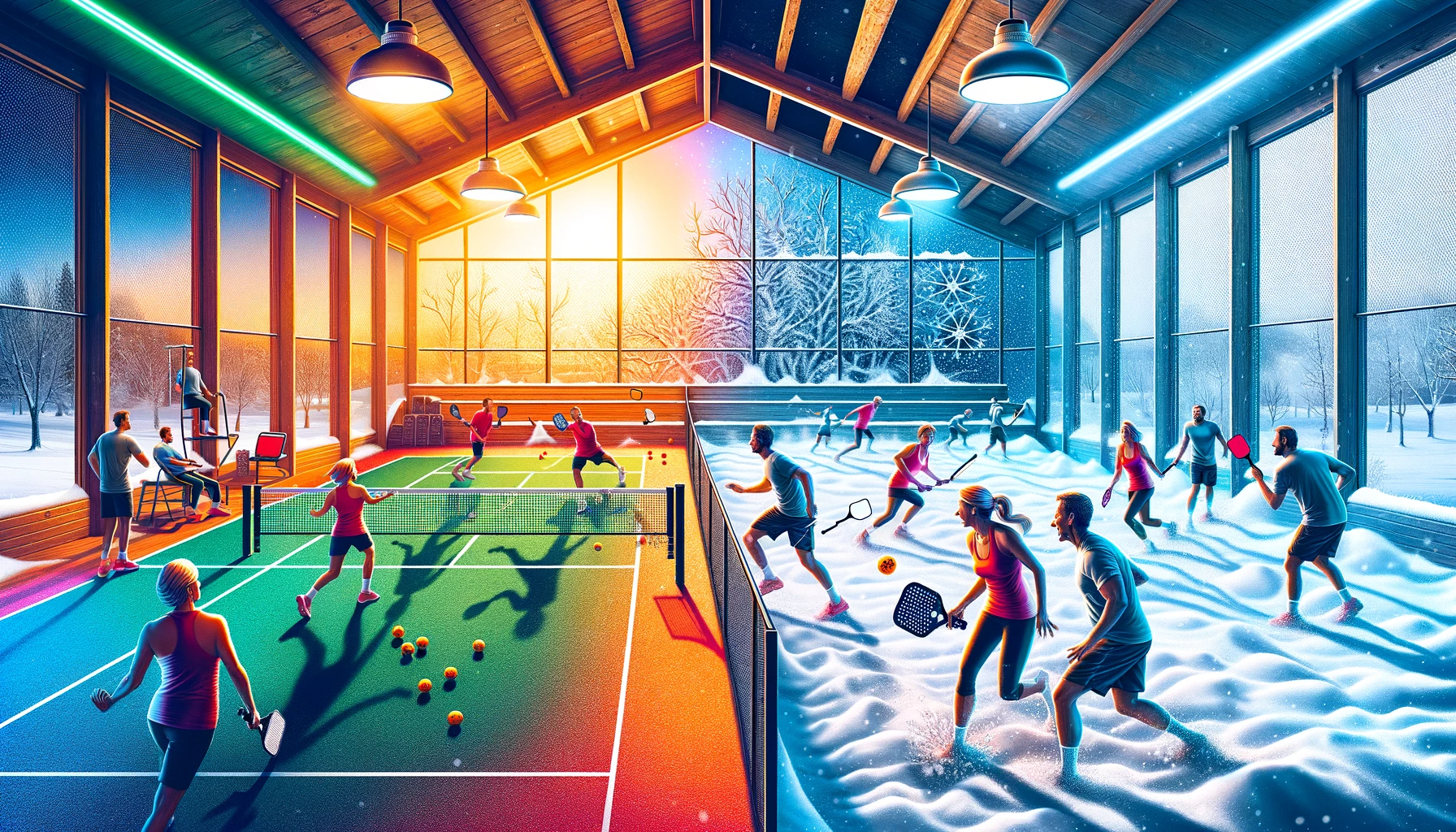
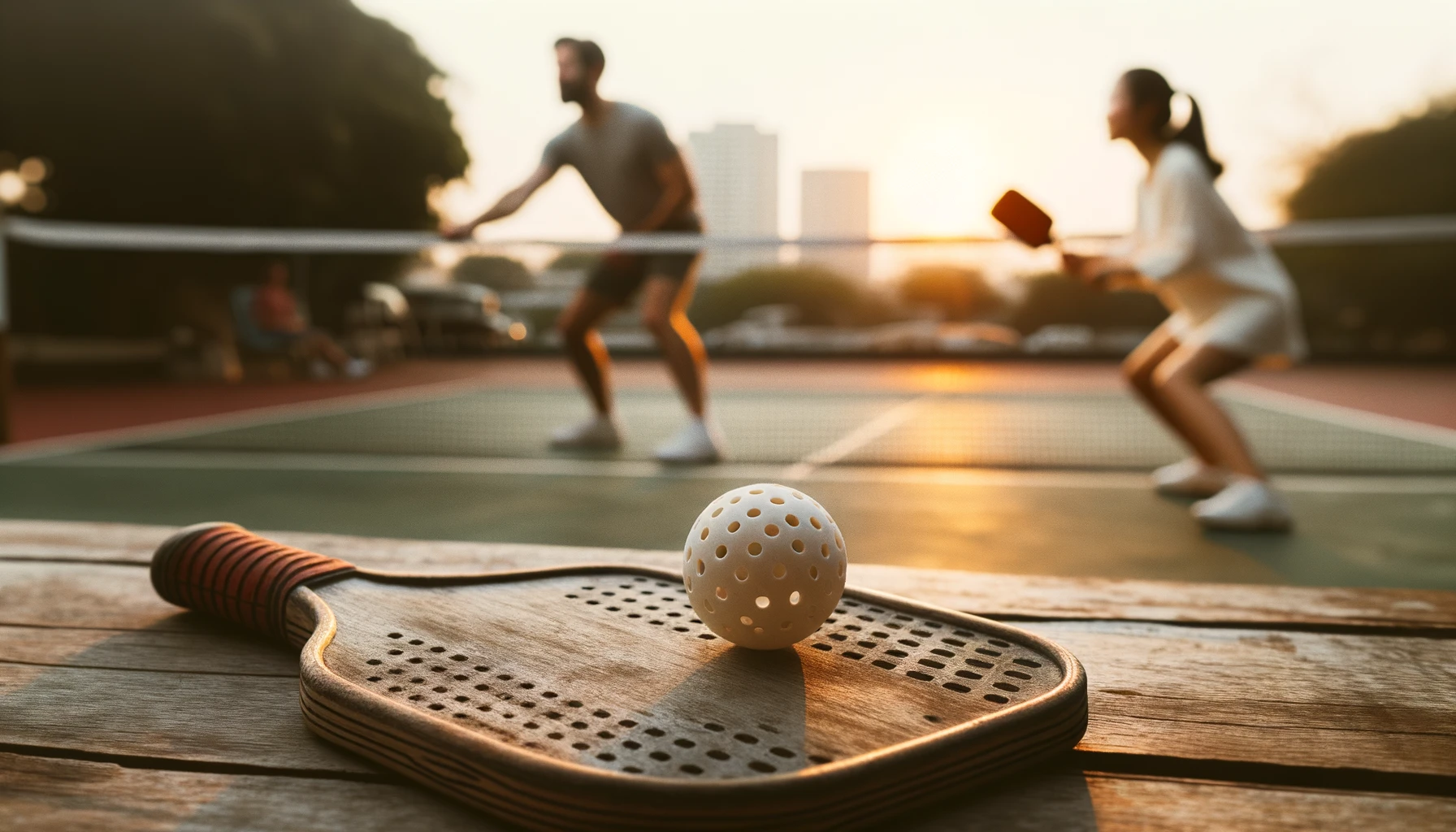
The Unraveling Tale of Pickleball: Origins and Evolution
Introduction: The Rising Phenomenon of Pickleball
In the panorama of world sports, every once in a while, a new contender emerges that captures the hearts and minds of enthusiasts. Pickleball, with its peculiar name and intriguing game mechanics, is one such sport that has rapidly evolved from being a backyard pastime to a global sensation. As one navigates the ever-growing world of Pickleball, understanding its roots provides not just historical context but a deeper appreciation for the game.
Brief on what Pickleball is and its growing popularity
Pickleball, at its core, is a paddle sport that combines elements from tennis, badminton, and ping-pong. Played on a court roughly half the size of a tennis court, it involves hitting a perforated ball over a net, much like its aforementioned cousins. But what sets it apart is its accessibility. The sport can be played both indoors and outdoors, and by individuals of all ages and skill levels. This versatility, combined with its straightforward rules, has contributed to its soaring popularity.
Why understanding its history is vital
Like all sports, the beauty of Pickleball is not just in its gameplay but also in its story. Its history offers insights into the innovation, adaptation, and passion of its founders. It showcases how a simple idea, born out of necessity and fun, can transform into a movement uniting people across age groups and borders. Delving into its past is not just about tracing its timeline but about celebrating the spirit of human connection and creativity.
The Very Beginning: Birth of a New Sport
The story of Pickleball is as delightful as it is unexpected. It didn't emerge from a grand vision to create a new global sport. Instead, it was the result of a summer afternoon's quest for entertainment and a sprinkle of ingenuity.
The backyard origins: Bainbridge Island, Washington
The summer of 1965 on Bainbridge Island, located a short ferry ride away from Seattle, witnessed the birth of Pickleball. Joel Pritchard, a congressman, and his friends Bill Bell and Barney McCallum returned home from golf one day to find their families bored with nothing to do. The solution? Create a new game. They set up a badminton net, but unable to find the shuttlecock, they improvised with a Wiffle ball. Regular rackets seemed too clunky for the ball, so they fashioned paddles from plywood. The game mechanics evolved naturally, influenced by the available equipment and the players’ familiarity with other racket sports.
The role of the Pritchard and McCallum families
The families of Pritchard and McCallum were instrumental in nurturing and refining the early version of the game. Their shared backyard became the first Pickleball court, and the families became the game's first players, testers, and rule-makers. As they played, they adjusted rules and equipment to keep the game fun, engaging, and competitive. The result was a game that was easy for kids yet challenging for adults, a perfect recipe for a family sport.
The story of Pickleball's inception is a testament to human creativity. It's a reminder that sometimes, the most enduring ideas don't come from a place of grand ambition, but from simple moments, shared laughs, and a dash of ingenuity.
Naming the Game: Debunking Myths
The name 'Pickleball' certainly raises eyebrows, evoking images of pickled cucumbers rather than a thriving sport. Its origin story has become the stuff of legend, with several tales circulating the pickle-loving community. Let's explore the most prominent theories.
The Pickles the dog theory
One of the most endearing tales attributes the sport’s name to a dog named Pickles, belonging to the Pritchard family. As the story goes, Pickles had a knack for chasing after the Wiffle ball during games and would often run away with it. The game, thus, was humorously dubbed "Pickle's ball," which was eventually shortened to "Pickleball."
The rowboat pickle connection
Another theory, less whimsical but perhaps more logical, draws parallels to the term 'pickle boat'. In crew racing, a 'pickle boat' refers to a boat with a mixed crew – not necessarily the first-choice oarsmen. Given that Pickleball borrows elements from multiple racket sports, it’s said that Joan Pritchard, Joel's wife, drew an analogy to the 'pickle boat' and christened the game "Pickleball." The sport, after all, was a mix of various games, much like the rowboat's mixed crew.
Regardless of which origin story one believes, the name has certainly stuck and added to the game's quirky charm.
Designing the Court: Origins and Early Modifications
The birthplace of Pickleball was a makeshift court in a backyard, and just as the game evolved, so did its playing field.
Adapting from badminton courts
The initial games of Pickleball were played on a badminton court because it was what the inventors had on hand. The dimensions of the court were suitable, but as the game developed its own identity, there was a need to define areas of play specific to Pickleball, such as the non-volley zone or "kitchen."
Evolution to the modern Pickleball court dimensions
Over time, as the rules of the game solidified, so did the court specifications. The modern Pickleball court is a rectangle measuring 20 feet by 44 feet, with a net hung at 36 inches on the edges and 34 inches in the middle. The "kitchen" or the non-volley zone extends 7 feet from the net on either side, an area where players cannot volley the ball.
These dimensions were not arbitrarily chosen. They were the result of numerous playtests, ensuring the court size maintained the game's fast-paced nature while also making it accessible to players of all skill levels.
The evolution of the court showcases how integral adaptability and innovation were in shaping Pickleball into the sport we know today.
Crafting the Rules: Adapting and Innovating
Let's get one thing straight: Pickleball didn't merely stumble upon its rulebook. The game we now passionately rally around is the outcome of deliberate decision-making, some trial and error, and of course, a sprinkle of inspiration from its racket-sport cousins.
5The inspiration from other racket sports
Look, it’s no secret. Tennis, badminton, and ping-pong served as foundational pillars for Pickleball's early rule formulations. Consider the scoring system: It's a nod to badminton. The serve rules? They've got traces of tennis and ping-pong. But, and this is crucial, Pickleball isn’t a mere copycat. While the sport borrowed elements, it morphed them to fit its unique character and gameplay.
Key turning points in rule modifications
In the game's nascent stage, rules were fluid—adapted to keep gameplay engaging and balance the playing field for kids and adults alike. But a pivotal moment was the introduction of the "double-bounce rule." This rule mandates that each side must let the ball bounce once before volleys are allowed. Why does this matter, you ask? Well, it changed the game's dynamic, adding a layer of strategy and making those early exchanges absolutely crucial.
Moreover, the non-volley zone (or the "kitchen" as it's fondly termed) is another masterstroke. This area prevents players from smashing the ball right at the net, ensuring longer rallies and upping the ante on strategy.
Evolution of the Paddle: From Wood to Composite
Now, onto the weapon of choice in Pickleball—the paddle. The journey of the paddle is a testament to the sport’s evolving sophistication and the relentless pursuit of perfection by its enthusiasts.
The early wooden paddles and their limitations
The first paddles? Crafted out of plywood. Functional? Yes. Ideal? Far from it. They were hefty and lacked nuance. But let's give credit where it's due. These rudimentary paddles laid the groundwork. They served as a reference point, highlighting the need for something lighter, more durable, and tailored for the sport.
The revolution: Introduction of composite paddles
Enter composite paddles. These beauties, often made from a blend of materials like graphite, polymer, and aluminum, were game-changers. Literally. They offered players a delicate balance of power and control. Plus, with a lighter build, players could maneuver with greater agility, adding finesse to their shots. The shift to composite paddles wasn’t just an upgrade; it was a revolution, underlining Pickleball’s evolution from a backyard hobby to a sport in its own right.
So, whether you're a seasoned pro or a newbie, remember: every rule you follow and every paddle you wield has a story, a history. And that’s part of what makes Pickleball so darn special.
The Birth and Growth of the Ball
Ah, the humble Pickleball. Such an innocuous piece of equipment, but without it, the sport wouldn't even exist. It's not just about the paddle's swing or the court's size—it's also about that perforated ball that's been volleyed, smashed, and served countless times.
The Wiffle ball's role
So, where did we begin? With the Wiffle ball. Yes, you heard that right. When Pickleball was still in its embryonic stage, our pioneers turned to what they had on hand: a Wiffle ball. It was light, it was bouncy, and it did the trick. But, and here's the kicker, it wasn't tailor-made for the game.
Transition to the modern Pickleball
As the sport gained traction, it demanded a ball of its own, tailored to its unique dynamics. What we got was a ball with the right weight for outdoor winds, the ideal bounce for those strategic plays, and the perfect size for both smashing volleys and delicate drop shots. Over the years, these balls underwent rigorous tests and refinements to offer optimal gameplay across both indoor and outdoor settings. The result? A Pickleball that's become synonymous with the sport itself.
Early Adopters and Champions: Popularizing the Game
Behind every great sport, there's a legion of passionate enthusiasts pushing it into the spotlight. And Pickleball? It's no different. Its journey from a backyard amusement to international acclaim owes a lot to its early torchbearers.
Key figures who spread the game nationally
Names like Sid Williams and Barney McCallum aren't just footnotes in history; they're pivotal players in Pickleball’s expansion saga. Williams, for instance, introduced the game to thousands in the educational realm, while McCallum tirelessly promoted it across various states. These evangelists, driven by sheer love for the sport, played an integral role in sowing the seeds of Pickleball in hearts and courts across the country.
Notable early tournaments and their significance
The early tournaments were more than just competitions; they were showcases. They presented Pickleball to wider audiences, highlighting its competitiveness, strategy, and fun factor. The 1976 National Doubles Tournament? It wasn't just a game—it was a statement, signaling Pickleball's arrival on the national stage. And as more tournaments popped up, from local community challenges to state-wide championships, they cemented Pickleball’s reputation as a sport worth watching and playing.
So, next time you step onto the court or cheer from the sidelines, tip your hat to these early enthusiasts and groundbreaking tournaments. They're the reason we're all here, reveling in every serve and smash.
The Institutionalization: Forming Official Bodies
Alright, folks, here’s where things get official. Every major sport has governing bodies, committees, and associations, ensuring standardized rules, organizing events, and promoting the game. For Pickleball, this was a defining moment, a sign that it had truly arrived.
The birth of USAPA
Enter the USAPA—The United States of America Pickleball Association. Formed in 1984, this wasn’t just a fancy group of enthusiasts; this was a mission-driven organization with a clear goal: propagate the sport. And boy, did they get to work! With guidelines, rulebooks, and official tournaments, the USAPA provided the structural backbone that Pickleball needed to grow and flourish on a national scale.
International recognition and bodies
As Pickleball’s popularity surged beyond the U.S., the need for international representation became evident. The International Federation of Pickleball (IFP) was established, aiming to introduce and nurture the game in new territories. It's this federation, in collaboration with national bodies, that’s paving the way for Pickleball's potential inclusion in global sporting events. Think Olympics! Yes, we’re setting our sights high.
Modern Day Popularity: The Pickleball Boom
Let's fast forward to today. If someone had said back in the 1960s that Pickleball would become a sensation, many might've laughed it off. Yet, here we are, in the midst of a Pickleball renaissance.
The rise in recreational and community play
Drive through any suburb or peek into community centers, and chances are, you’ll spot folks engrossed in a game of Pickleball. What’s driving this? Well, the sport’s accessibility for one. Whether you're 15 or 50, you can dive into a game. Plus, it's social, it's strategic, and let's admit it—it’s addictive.
The professional Pickleball scene
But let’s not just dub this as a pastime. The professional Pickleball arena is buzzing! With sponsored athletes, dedicated channels, and cash-prize tournaments, the sport’s carved out its niche in the competitive realm. Names like Tyson McGuffin, Simone Jardim, and Ben Johns aren't just players; they’re stars, dazzling fans with their on-court wizardry.
Media and Pop culture embrace
And let’s not forget the media's role. Documentaries, features, and even mentions in popular shows have catapulted Pickleball into the pop culture lexicon. You know a sport’s made it when it’s not just played and watched, but also discussed over coffee and debated on social media.
From wooden paddles in a backyard to shimmering courts under stadium lights, Pickleball's trajectory is nothing short of spectacular. And if you haven’t yet been swept up in this wave, trust us, it’s only a matter of time. Ready to serve?
The Technological Turn: Pickleball in the Digital Age
Alright, digital natives and tech aficionados, this one's for you. The age of smartphones, wearables, and virtual reality hasn't just revolutionized how we communicate or entertain ourselves; it's also given Pickleball a tech-savvy twist.
Apps and software elevating the game
From score-tracking apps to platforms connecting players worldwide, technology's shaping Pickleball’s modern experience. Dreaming of a doubles match but missing a partner? There’s an app for that! Want to analyze your swing and improve your serve? Yep, there’s software to dive deep into that data.
Virtual coaching and training
And then there's virtual coaching—a godsend for those keen to hone their skills but restricted by location or schedule. With augmented reality (AR) and virtual reality (VR) tools, players can now simulate games, practice shots, and receive real-time feedback, all from the comfort of their homes. The future is here, and it's wearing a VR headset, holding a Pickleball paddle.
Streaming and global viewership
Once upon a time, catching a Pickleball match meant being physically present at the court. Now? Major tournaments are streamed live, bringing the action to screens worldwide. It's this digital proliferation that's expanded Pickleball’s fanbase, allowing enthusiasts from Tokyo to Toronto to rally behind their favorite players.
The Cultural Fusion: Pickleball Across Borders
As much as Pickleball is quintessentially American in its origin, its spirit is global. And as the sport leaps across oceans and borders, it's fascinating to see how different cultures embrace, adapt, and add their unique flavor.
Pickleball in Europe
Europe has caught the Pickleball bug. Countries like Spain, the UK, and the Netherlands aren’t just hosting tournaments; they’re infusing the game with local zest. Imagine playing on a sunny Mediterranean beach or amidst the tulip fields of Holland. It's not just about points and serves; it's an experience.
The Asian embrace
Asia's response to Pickleball is nothing short of enthusiastic. In countries like India and Japan, the sport is making waves in schools, communities, and sports clubs. And as these nations bring their sporting ethos and traditions to the court, we see a beautiful fusion—a game that's universally loved but distinctly played.
International tournaments and camaraderie
Perhaps the most heartwarming outcome of this global spread is the camaraderie it fosters. International tournaments aren't just competitive arenas; they’re melting pots of cultures, languages, and traditions. Players shake hands over the net, exchange stories, and often, form bonds that go beyond the court.
In a world that sometimes feels starkly divided, sports like Pickleball remind us of the ties that bind, the shared joys, and the universal language of passion. It started on Bainbridge Island, but now, it truly belongs to the world.
Challenges and Criticisms: Not Always a Smooth Sail
Now, let's not sugarcoat it. Every journey, even one as exhilarating as Pickleball's, has its hurdles. As much as we sing its praises, it's essential to acknowledge the challenges and criticisms the sport has faced over the decades.
Noise concerns and community disputes
Ah, the symphony of a Pickleball game—paddles striking balls, players calling shots. For enthusiasts, it’s music. For some neighbors living close to courts? Not so much. Noise complaints have, at times, led to tensions, requiring communities to strike a balance between sporting enthusiasm and peaceful living.
Debates over official rules
As with any sport, rules aren’t set in stone. They evolve. And as they do, debates ensue. Should the serving rules be tweaked? Is the non-volley zone size optimal? Such discussions underscore the sport's dynamic nature and the continuous quest for a perfect game.
Commercialization fears
Pickleball's boom has attracted investors, sponsors, and big brands. While this influx of funds has propelled the sport to professional heights, it’s also sparked concerns. Will the essence of Pickleball get lost in commercial interests? It's a debate that reflects the sport's soul-searching phase in the modern era.
The Future Horizon: What Awaits Pickleball
Peering into the future is always a mix of educated guesses and wild hopes. But given Pickleball’s trajectory, we can certainly make some predictions. Buckle up, because the future looks bright—and it’s coming at us fast.
Technological innovations on the court
As tech advances at a blistering pace, we can expect even more integrations on the Pickleball court. Sensors in paddles providing real-time swing analytics, AI-powered training modules, even smart courts that adapt to player movements? The realm of possibility is vast and thrilling.
Global tournaments and potential Olympic inclusion
With its global spread, it’s not far-fetched to dream of Pickleball gracing the grandest sporting stage—the Olympics. The journey there is long, requiring rigorous standardization, increased global participation, and tireless advocacy. But if any sport can rally its way to Olympic glory, it's Pickleball.
Grassroots initiatives and youth involvement
The future of any sport lies in its youth. Expect grassroots initiatives to mushroom, introducing kids and teens to Pickleball’s joys. Schools, community centers, and local clubs will likely play pivotal roles in molding the champions of tomorrow.
As we stand on this exciting threshold, one thing's certain: Pickleball's journey, from its humble beginnings to its future prospects, is a testament to human creativity, passion, and the sheer joy of play. Here's to many more serves, smashes, and spectacular games ahead!
Health and Fitness: More Than Just a Game
When we talk Pickleball, it's not just about the score or the thrill of competition. There's an underlying theme that often gets overshadowed by the game's strategic and social aspects: the incredible health and fitness benefits. Let's dive into how this sport is making us fitter, one game at a time.
Cardiovascular perks
Here's the deal: Pickleball gets your heart pumping. Those rapid rallies, dashes to the net, and calculated retreats? They're all boosting your cardiovascular health. It's like getting a workout while having an absolute blast—a win-win in our books.
Muscle toning and flexibility
Those powerful smashes and swift returns aren't just for show. Engaging various muscle groups, Pickleball helps tone the body, from legs and core to arms and back. Add the stretches and bends to the mix, and you've got a recipe for enhanced flexibility too.
Mental wellness and agility
But let's not forget the brain! Pickleball isn’t just a physical game; it's a mental challenge. Anticipating opponent moves, strategizing shots, and staying focused under pressure sharpens cognitive abilities. Plus, the social interaction and sense of community can be a boon for mental well-being.
The Gear Evolution: From Makeshift to High-tech
A sport is often defined by its equipment. Over the decades, Pickleball gear has undergone a fascinating evolution, mirroring the sport’s growth and adapting to its needs.
The early paddles: Wood and heft
Picture this: hefty wooden paddles, more akin to table tennis bats than what we see today. The early days of Pickleball were marked by these rudimentary tools. They were effective but far from optimal.
Material innovations: Composite, graphite, and more
Enter the age of innovation. As the game matured, so did its equipment. Paddles made from lightweight composites, durable graphite, and even aluminum began to dominate the courts. The aim? To strike that perfect balance between weight, power, and maneuverability.
Apparel and accessories
Of course, the gear evolution isn't just about paddles. Today's Pickleball scene is replete with specialized shoes for optimal grip, moisture-wicking apparel, and even tech-integrated accessories, like gloves with built-in sensors. The message is clear: when it comes to equipment, Pickleball is no longer playing around.
As we marvel at the sleek, high-tech gear of today, it's heartwarming to remember those clunky wooden paddles from yesteryears. They remind us of Pickleball's humble origins and its incredible journey, from makeshift beginnings to the pinnacle of sports engineering.
